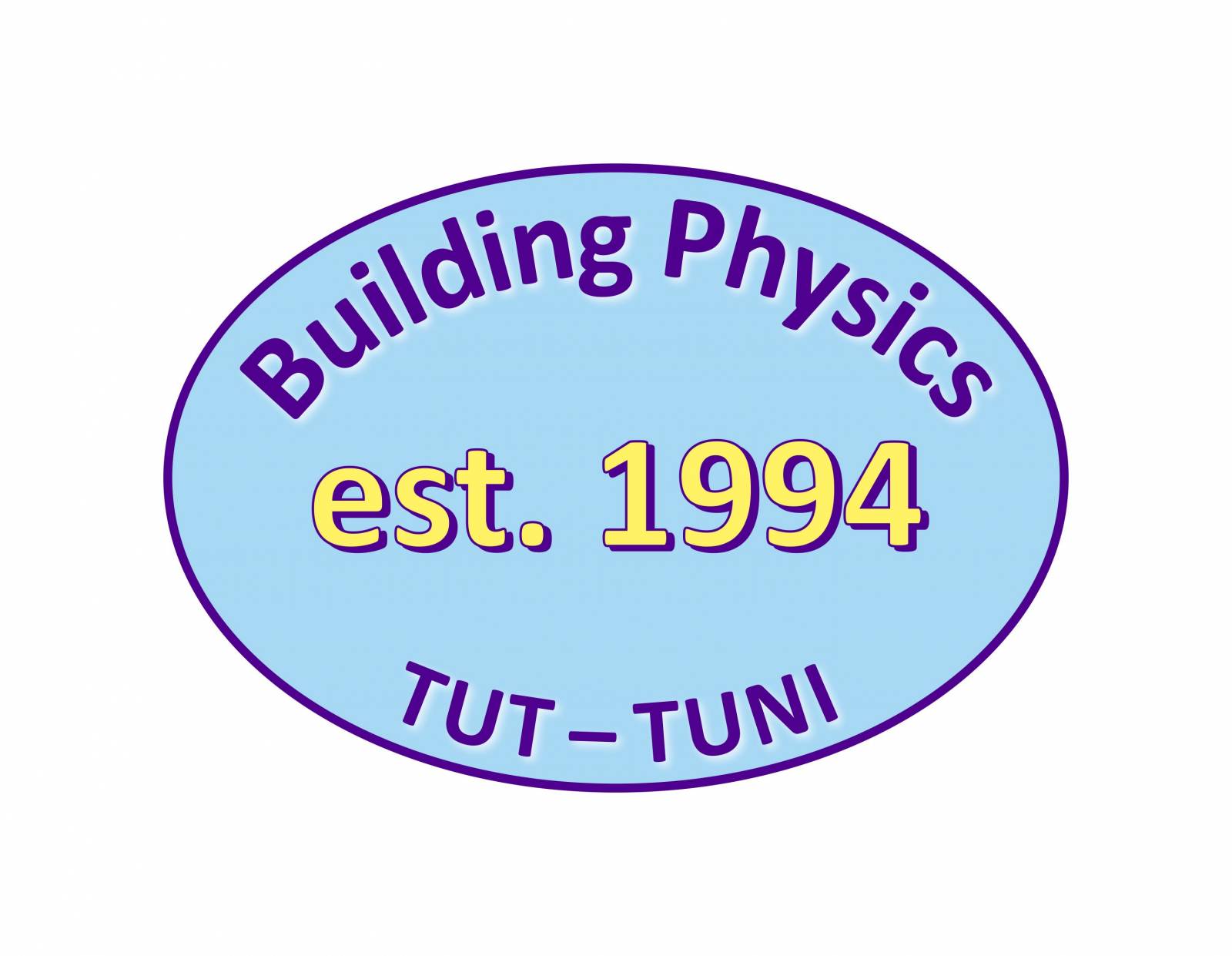The building physics research group of Tampere University reaches 25 years this year. The research on building physics started in 1994 and the first years were mainly spent developing research methods and equipment, as well as building testing facilities. During this time, projects had already begun in many areas of building physics, and through the years, the number of projects has increased considerably. At the beginning of the 2000s, development started for an analysis method for moisture performance of structures based on computational modelling, which is at the forefront of research today. Education containing the theoretical base needed for the most demanding certification for designers started in 2005 and an academic chair in building physics was established in 2013. The Finnish mould growth model was also developed during this time in cooperation with the Technical Research Centre of Finland (VTT). The research group has organized national conferences on building physics together with the Finnish Association of Civil Engineers (RIL). Additionally, in 2011 the research group hosted the international conference NSB 2011, which is one of the largest conferences in building physics. The first part of the Building Physics Manual was published in 2014. Teaching for the course Energy Efficiency of Buildings started in 2016. The latest milestone was the completion of COMBI, the single largest project in the history of the Department of Civil Engineering, at the start of 2019. The building physics research group acted as the coordinator in this project.
The size of the research group has grown over the years and recently it has consisted of approximately 15 researchers. The research gear and equipment are currently going through major development, which has been a significant area of focus of the group since its inception. At present, updates are being made, among other things, to the building physical research equipment of external wall and roof structures and their control program. Two new test buildings are being built on the test building area. The buildings allow their external wall and roof structures to be replaced with the structures under observation so that their behaviour in real climate conditions can be examined. The course selection related to building physics is being increased, and starting from next autumn the students can add a minor in building physics to their studies.
The research group’s birthday is celebrated at the Finnish Building Physics Conference 2019. Welcome!

